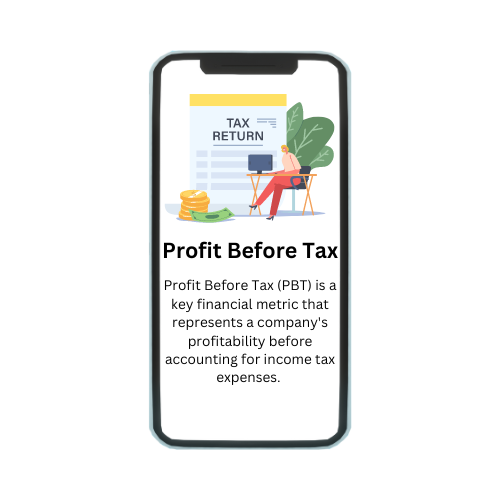be classified as non-refundable, refundable, or partially refundable.Taxpayers can immediately deduct the amount of a tax credit from the taxes they must pay. Tax credits lower the actual amount of tax owing, as opposed to deductions, which lower the amount of taxable income. The amount of a tax credit varies on its category; some tax credits are only given to people or businesses in particular regions, classes, or industries. Tax credits can
Although a non-refundable tax credit can make your tax liability zero, it cannot give you a tax refund.
To encourage particular behaviors that are good for the economy, the environment, or anything else the government deems vital, the federal and state governments may offer tax credits. For instance, installing solar panels for household usage qualifies individuals for a tax credit. Adoption, schooling, and other expenses are all reduced by additional tax credits.
Because tax credits equal a dollar-for-dollar reduction in tax burden, they are preferable to tax deductions. A deduction still lowers the overall tax obligation, but only to the extent of the individual’s marginal tax rate.
For every dollar of marginal tax that is subtracted, someone in a 30% tax rate, for instance, would save INR 0.30. A credit, on the other hand, would completely eliminate the tax obligation.







